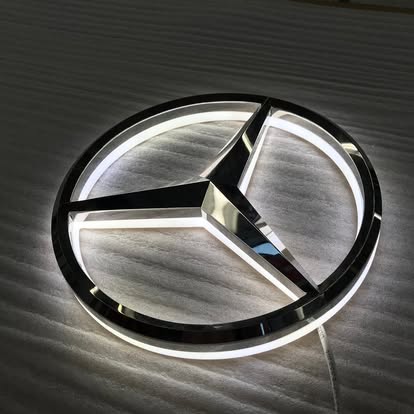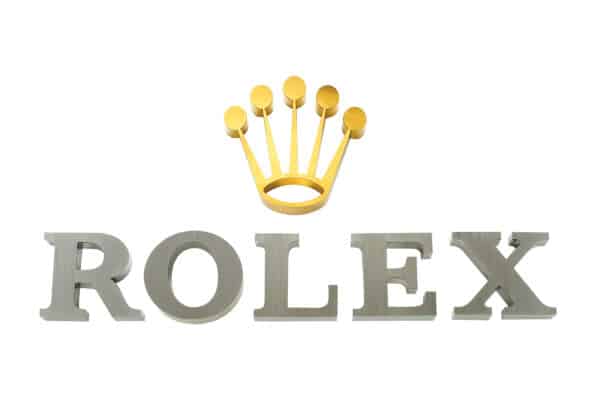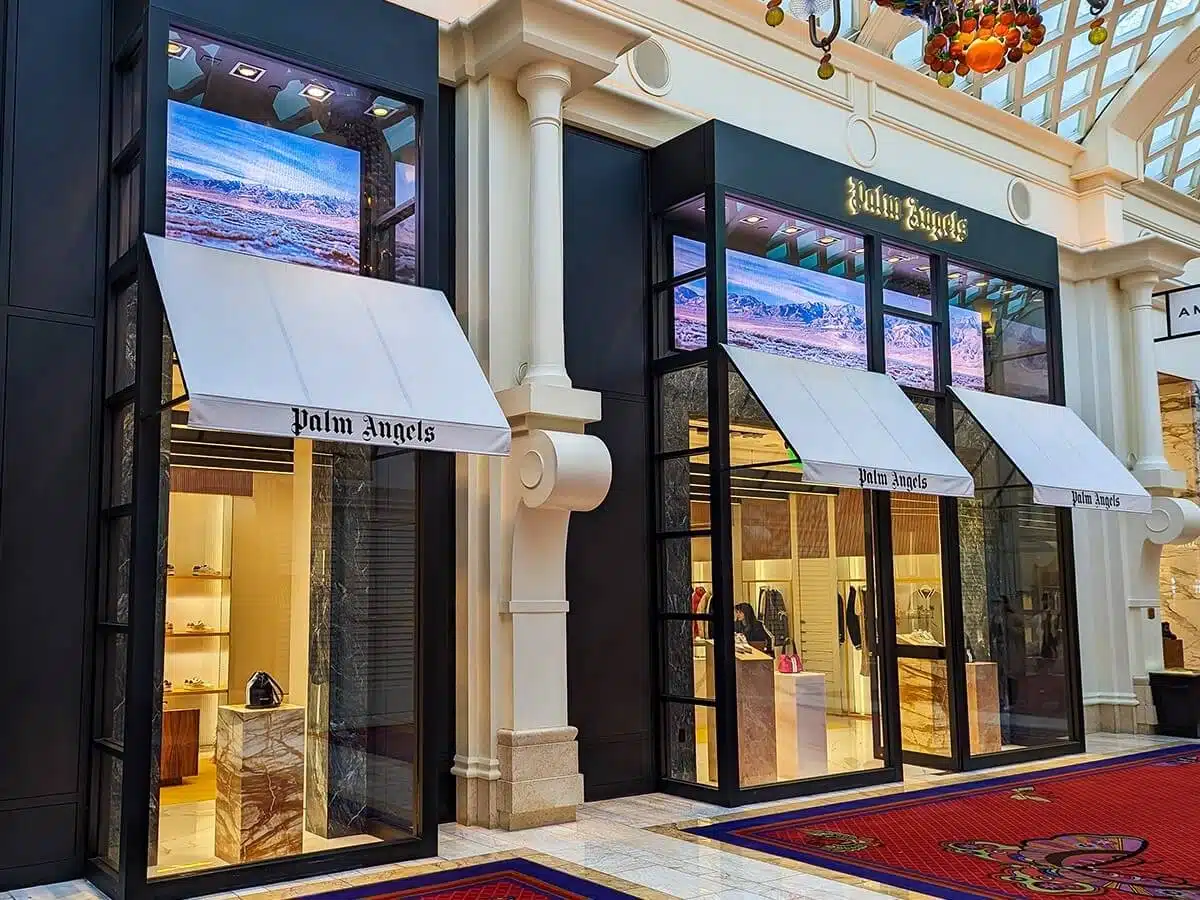Image matters when it comes to anything corporate. That’s a no-brainer. What may be a bit more confusing is how you develop that image. From business cards to logos and your building’s front entrance, every visual detail sends a message to visitors, customers, and employees. Therefore, if you are looking to make a strong impression and elevate your brand, investing in high-end storage is a smart move. But not all signs are crafted equal, particularly when it comes to materials. So, what materials are best for high-end corporate signage?
Let’s break down the top material choices that deliver both premium looks and lasting durability.
Key Takeaways
- Material choice significantly impacts the look, durability, and message of corporate signage, influencing how your brand is perceived by clients, employees, and visitors.
- Top materials for high-end signage include brushed aluminum, stainless steel, acrylic, glass, HDU, wood, and stone or faux stone, each offering a unique blend of sophistication and resilience.
- Brushed aluminum and stainless steel are ideal for sleek, modern signage, while materials like HDU and wood can create a more traditional or artistic feel.
- Finishing touches like UV coatings, backlighting, dimensional lettering, and polished surfaces can further elevate signage and improve visibility and brand recognition.
Why Does Material Choice Matter in Corporate Signage?

Your signage is a direct representation of your entire brand, including its mission and values. The details, including materials, contribute to how your business is perceived. That means that the materials you chose will influence everything from longevity to aesthetics, ultimately shaping how people interect with your space.
Here are some reasons why material choice matters:
- Visual Impact: Certain materials create a more modern, upscale, or classic look, helping your signage align with your overall brand image.
- Durability: High-end materials resist weathering, fading, and physical damage, ensuring your signage maintains its appearance over time.
- Brand Consistency: Sleek, professional signage that uses the right materials supports a unified visual identity across all touchpoints.
- Client Perception: A well-crafted sign signals quality, professionalism, and trust—qualities clients associate with businesses that invest in the details.
What Materials are Best for High-End Corporate Signage?
When you hear the word “high-end,” you picture something sophisticated, elegant, professional, and, most importantly, enduring. To invest in high-end signage means to invest in materials that are going to stand the test of time and retain aesthetics throughout. Here are 7 of the best materials for high-end corporate signage:
1. Brushed Aluminum
Brushed aluminum is a top choice for modern, sophisticated signage. With a sleek metallic finish and a neutral silver tone, brushed aluminum pairs well with most color schemes. Aluminum is also lightweight, corrosion-resistant, and easy to fabricate. It’s ideal for indoor and outdoor use.
Consider using brushed aluminum for lobby signs, directional signage, outdoor branding, and wall-mounted logos.
2. Stainless Steel
Due to its timeless and refined quality, stainless steel has long been a popular option for corporations. Its polished or satin finish gives a premium look, and it’s exceptionally durable. Stainless steel holds up against weather and wear, making it a go-to for signage in high-traffic or outdoor environments.
Exterior plaques, monument signs, and dimensional lettering made from stainless steel are all wise options.
3. Acrylic
Acrylic offers a clean, glass-like appearance without the fragility of actual glass. It can be layered, backlit, or laser-cut for customized effects, making it a flexible material for modern signage. Available in a variety of colors and finishes, acrylic is often used for logos, lettering, and illuminated signs.
Consider using acrylic for interior lobby signs, directory boards, nameplates, and illuminated signage.
4. Glass
For ultra-premium office spaces, glass signage provides a sleek and elegant feel. Glass is also versatile, as it can be etched, frosted, painted, or back-mounted with custom graphics. Although glass is more fragile than acrylic and metal, there is no doubt it is a refined material that suits corporate offices well.
Glass works best for reception area signs, conference room identifiers, and executive office signage.
5. High-Density Urethane (HDU)
HDU is a lightweight, weather-resistant material often used for custom-carved signage. It can be painted, textured, or finished to look like wood or stone, making it a great option for companies that want a traditional or artistic look without sacrificing longevity.
HDU can be used for monument signs, custom plaques, and exterior branding with character.
6. Wood (with Protective Finishes)
Sometimes the best material is one that exudes heritage, warmth, and craftsmanship. Real wood signage may be considered traditional, but it is also one material that is undeniably luxurious. When sealed with a high-quality finish, wood signs can be used both indoors and outdoors.
Boutique brands, law firms, high-end retail, and hospitality can all benefit from wood signage.
7. Stone or Faux Stone
Natural stone like granite or marble makes a bold and classic statement. It’s often used in monument signs or engraved panels. Faux stone, made from composite materials, can offer a similar look at a lower weight and cost.
Stone is an ideal option for monument signs, upscale exteriors, and corporate campus directional markers.
Finishes and Extras That Elevate Signage Further

Even the best materials for high-end corporate signage can fall flat without the right finishing touches. To give your signage a true high-end look, consider the following finishes and extras:
- UV-resistant coatings to prevent fading and sun damage on outdoor signage
- Polished or brushed metal finishes to add depth
- Illumination options such as halo-lit or backlit LED lighting to attract visitors and increase brand recognition around the clock
- Dimensional lettering for shadows, depth, and character
- Glass layering for a three-dimensional, contemporary design
Get Custom Corporate Signage from Tupp Signs
Corporate signage is a reflection of your brand. Make sure you are using high-end materials that elevate your business and strengthen brand identity. At Tupp Signs, we understand the importance of beautiful signage. That’s why we help businesses choose the best materials for their signage goals—from high-end lobbies to large corporate campuses. We combine durable materials with refined design to create signage that’s polished, professional, and built to last.
Whether you’re redesigning your headquarters or opening a new office, our team will work with you to design signage that leaves a lasting impression—inside and out. Call Tupp Signs today at 866-324-7446 to learn more about our corporate signage solutions—and discover what high-end materials can do for your brand.


